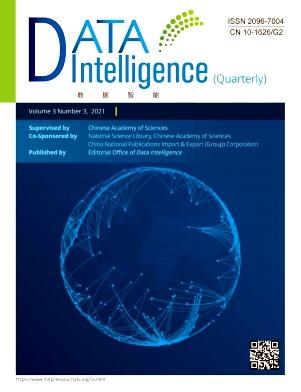Resampling approaches for the quantitative analysis of spatially distributed cells
引用次数: 0
Abstract
Image segmentation is a crucial step in various image analysis pipelines and constitutes one of the cutting-edge areas of digital pathology. The advent of quantitative analysis has enabled the evaluation of millions of individual cells in tissues, allowing for the combined assessment of morphological features, biomarker expression, and spatial context. The recorded cells can be described as a point pattern process. However, the classical statistical approaches to point pattern processes prove unreliable in this context due to the presence of multiple irregularly-shaped interstitial cell-devoid spaces in the domain, which correspond to anatomical features (e.g. vessels, lipid vacuoles, glandular lumina) or tissue artefacts (e.g. tissue fractures), and whose coordinates are unknown. These interstitial spaces impede the accurate calculation of the domain area, resulting in biased clustering measurements. Moreover, the mistaken inclusion of empty regions of the domain can directly impact the results of hypothesis testing. The literature currently lacks any introduced bias correction method to address interstitial cell-devoid spaces. To address this gap, we propose novel resampling methods for testing spatial randomness and evaluating relationships among different cell populations. Our methods obviate the need for domain area estimation and provide non-biased clustering measurements. We created the SpaceR software (https://github.com/GBertolazzi/SpaceR) to enhance the accessibility of our methodologies.对空间分布细胞进行定量分析的重采样方法
图像分割是各种图像分析管道的关键步骤,也是数字病理学的前沿领域之一。定量分析的出现使得对组织中数以百万计的单个细胞进行评估成为可能,从而可以对形态特征、生物标记表达和空间背景进行综合评估。记录的细胞可以描述为一个点模式过程。然而,在这种情况下,点模式过程的经典统计方法证明是不可靠的,原因是域中存在多个不规则形状的细胞间隙,这些间隙与解剖特征(如血管、脂漏、腺管)或组织伪影(如组织裂缝)相对应,其坐标未知。这些间隙空间妨碍了畴面积的精确计算,导致聚类测量结果出现偏差。此外,误将空白区域纳入畴会直接影响假设检验的结果。目前,文献中缺乏针对间质细胞空洞的偏差校正方法。为了弥补这一不足,我们提出了新颖的重采样方法,用于测试空间随机性和评估不同细胞群之间的关系。我们的方法无需对域面积进行估计,并提供无偏见的聚类测量。我们创建了 SpaceR 软件 (https://github.com/GBertolazzi/SpaceR),以提高我们方法的易用性。
本文章由计算机程序翻译,如有差异,请以英文原文为准。
求助全文
约1分钟内获得全文
求助全文

 求助内容:
求助内容: 应助结果提醒方式:
应助结果提醒方式:


